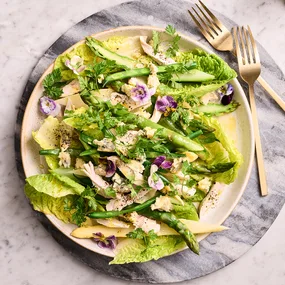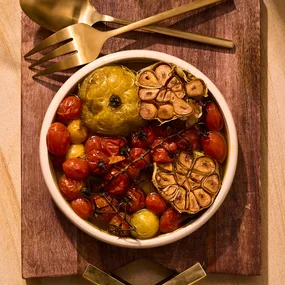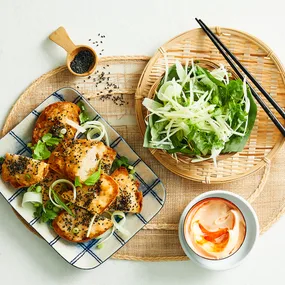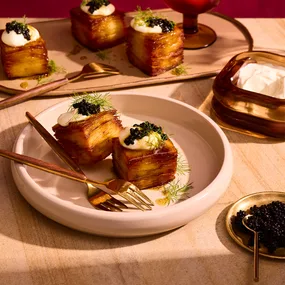Few other recipes – bar the tsoureki – require you to place a whole hard-boiled egg, dyed red and with the shell intact, into a soft dough and bake it. None, in fact. What could be the point?
Blame tradition. Greeks are sticklers for it, especially in the diasporas, where we tend to hang on to customs more vigorously than they do in the motherland. Red eggs (the red symbolising Christ’s blood) spell Easter to every Greek person. So adorning a tsoureki (or Greek brioche) with them is like putting ornaments on a Christmas tree: without them, it’s just a plain old tree. And indeed, this fragrant bread is baked – sans red eggs – at Christmas and New Year and other celebrations, but it’s at Easter that it really comes into its own. (Easter is by far the most important and most enthusiastically celebrated religious festival on the Orthodox calendar.) It’s most often baked several at a time and given as a gift to family and friends, a blessing for the festive season. Among the countless variations on the recipe are the addition of chocolate as an icing or filling, a scattering of flaked almonds or sesame seeds over the top, or the addition of spice to flavour the dough.
While cardamom and mastic are sometimes used, the most popular tsoureki flavouring is mahlepi, an aromatic spice ground from the seeds of the European cherry Prunus mahaleb. A small amount goes a long way, not just in the slightly floral flavour of the bread, but in filling Greek kitchens with the warm, nostalgic smell of Easter.
A plaited loaf or wreath is the most common shape for the tsoureki; the plait helps to segment the golden crust so the tsoureki can readily be pulled apart into morsels. The ring shape, like the red eggs that adorn it, relates to Easter’s theme of renewal, making the bread ideal for breaking the long Lenten fast. It’s light yet luxurious, perfect to eat after the midnight Church service on Easter Saturday, and it eases Orthodox Greeks into Easter Sunday’s lamb-on-the-spit after many meat-free weeks. But custom alone doesn’t explain why the tsoureki has endured across generations and continents – it’s all in the taste.
Words by Bianca Tzatzagos, recipe by Alice Storey.
Ingredients
Method
Main
Note Mahlepi is available from Greek delicatessens. You can substitute a flavouring such as mastic or cardamom. Red egg dye is available (usually around Easter time) from Greek and Italian delicatessens. Instructions and the quantity required vary from brand to brand.
Notes










